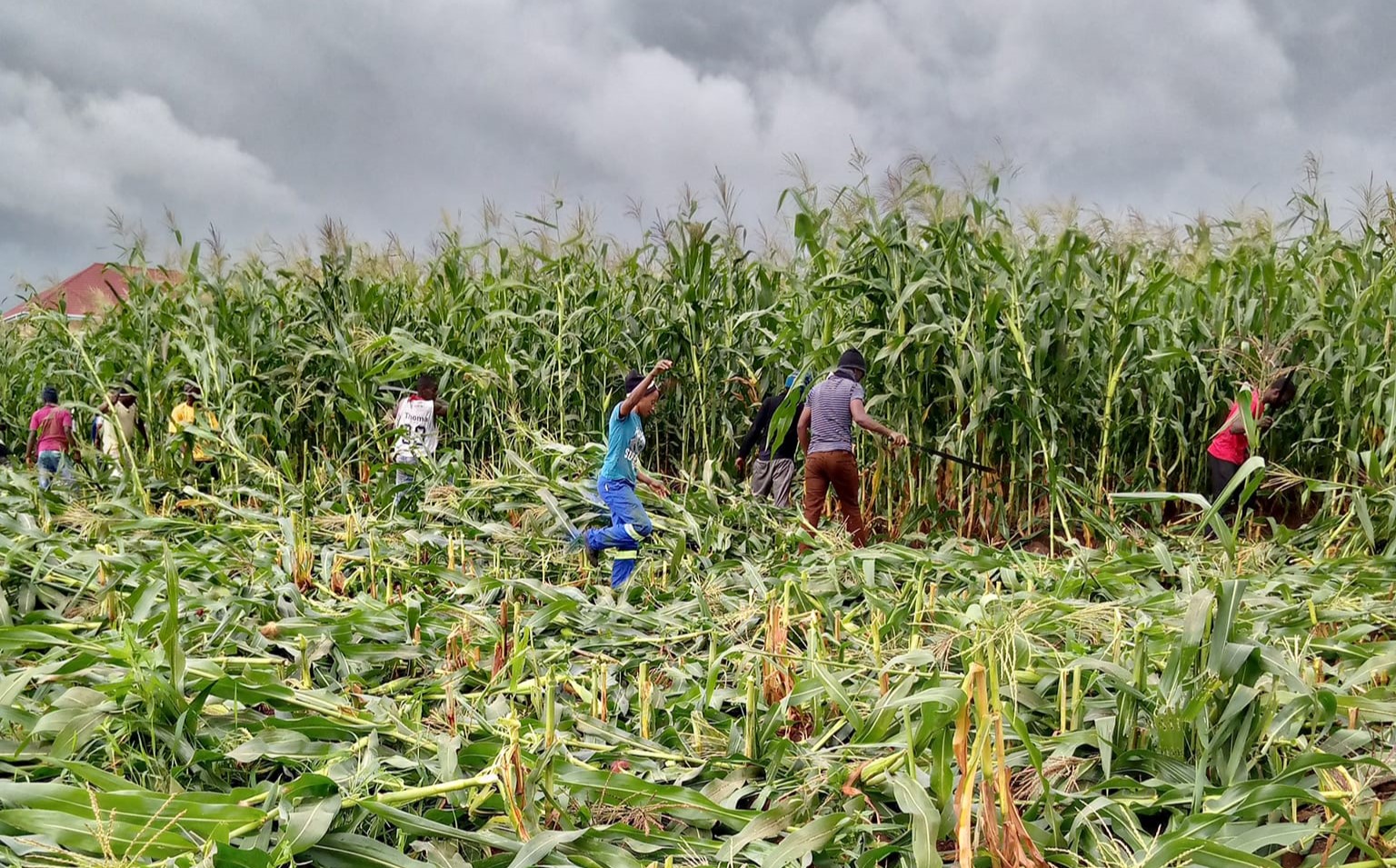Transparency, accountability crucial on Admarc
It is good that the Ministry of Finance, Economic Planning and Development has guaranteed for State-owned grain trader—the Agricultural Development and Marketing Corporation (Admarc)—credit lines of up to $10 million (near K7 billion) for buying maize in the 2016 marketing season.
This is not particularly new. Treasury has for several years provided the comfort that financiers have demanded to risk their money with Admarc.
The fiscus has in the past also directly injected taxpayers’ money into the produce trader to shore up its finances and ensure it has stocked its markets with maize.
What is new is the timing of the backing. This time, it has come early enough for the statutory corporation to get into the market and compete with private traders for farm produce, especially maize, that is projected to be in even shorter supply this year.
Malawi is expected to face another maize shortage this year after the Ministry of Agriculture, Irrigation and Water Development last month announced that output would further drop by two percent this season after a 30 percent fall last year largely due to floods and dry spells that have left at least 2.8 million people starving.
The country needed at least K23 billion to feed the hunger victims for three to six months beginning October even as the food crisis further destabilises an already troubled macroeconomic environment characterised by high inflation and interest rates; a volatile kwacha and a widening budget gap.
This year’s projected maize supply gap means that a company needs hard financial muscle in good time to wrestle out the maize.
For Admarc, this is particularly important given that its selling prices are much lower than private traders’ and, therefore, help poor Malawians to access the staple grain that is generally equated with food security in Malawi.
Production of maize is estimated to account for more than 60 percent of the country’s total food production; hence, its larger than life impact on the macro-economy.
Treasury’s loans guarantee move is also consistent with the short-term four-point economic turnaround plan built around food availability at lower prices that Finance, Economic Planning and Development Minister Goodall Gondwe presented in his Mid-year Budget Review Statement last month.
Gondwe understands that this season’s poor crop production outlook, apart from leaving more millions starving, could have broader economic implications, including destabilising the country’s economic programme and wipe out any gains chalked so far.
Given that food—dominated by maize—makes up at least 50 percent of the consumer price index, the staple grain’s potential shortage could lead to high headline inflation. And with fuel prices on the rise, the damage to prices in general could be fatal when combined with the equally volatile maize prices that need stabilisation at all times.
To tame inflation—which hurts the poor most—the Reserve Bank of Malawi could resort to raising interest rates—currently hovering around 40 percent; well out of reach for most entrepreneurs.
Hiking interest rates—while helping to control the general rise in prices—could hurt consumers of loans and crowd out the private sector who will either have to endure high interests and raise the cost of doing business or fail to borrow for expansion or operations, which may result in business scale-down and job losses.
And given that agriculture accounts for more than 30 percent of the country’s gross domestic product, weak crop output could mean lower economic growth, which may result in low tax revenue to fund the national budget and also suppress economic activity in general; hence, perpetuating or worsening poverty.
So, yes, Treasury has done well to facilitate smooth and early raising of working capital by Admarc.
But what accountability measures has Treasury put in place to ensure that taxpayers get value for their money?
This is crucial because at the end of the day, Admarc’s borrowings—for as long as they are guaranteed by government—are the burdens of Malawians.
Government keeps recapitalising Admarc year in, year out, but no one can point at tangible returns. The paraststal seems to be posting losses as a habit.
Of course, I appreciate that Admarc’s selling prices are heavily subsidised—I mean, when the private traders were selling maize at more than K10 000, Admarc was selling it at half the price.
But there lies another problem. Who pays for this subsidy? How is it accounted for in government and Admarc books?
These transparency and accountability issues have to be resolved otherwise the already thinning taxpayer is getting a raw, stinking deal. n



